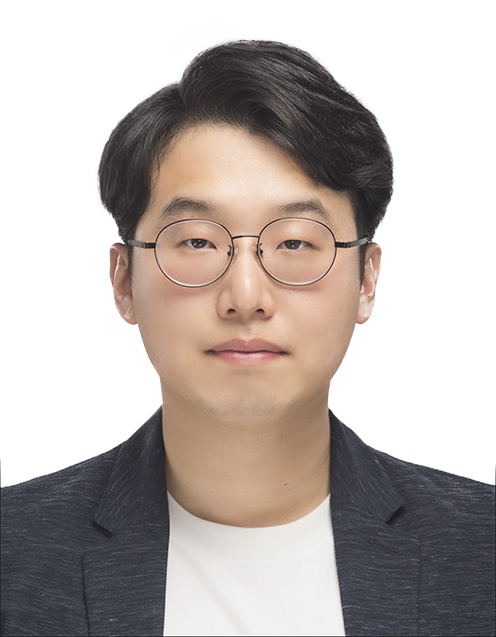Dissertation Defense
Investigation of p-type Oxide Semiconductor Thin Film Transistors for Complementary Metal Oxide Semiconductor Technologies
This event is free and open to the publicAdd to Google Calendar

Oxide semiconductors are a promising material for thin film transistor (TFT) applications. While n-type oxide semiconductors have been commercialized for display backplanes and are quite mature, the absence of p-type oxide semiconductor TFTs with similar performance to n-type ones limits further development of oxide semiconductor technology. Cuprous oxide (Cu2O) is a well-known p-type oxide with high mobility up to 100 cm2V-1s-1 and wide bandgap of 2.6 eV. In this dissertation, p-type Cu2O thin film transistors were investigated for complementary metal oxide semiconductor technologies. TFT performance can be improved by reducing the TFT non-idealities and designing the thin film itself to have high mobility. To identify key challenges that limit TFT performance, first device-level issues were investigated. The Cu2O TFT performance was found to be limited by high contact resistance and high interface traps. Second, to increase the mobility, the scattering mechanisms in Cu2O were explored. The hole mobility in Cu2O thin films is mainly limited by neutral impurity and grain boundary scattering. Third, the effect of process temperature on the hole mobility was studied. To address these key TFT challenges, several possible solutions were proposed: (1) a nitrogen-doped Cu2O source/drain interlayer was added to the Cu2O TFTs to reduce contact resistance; and (2) dielectric engineering was performed to identify pathways to minimize the interface trap density.
Chair: Professor Becky Peterson
 MENU
MENU 
